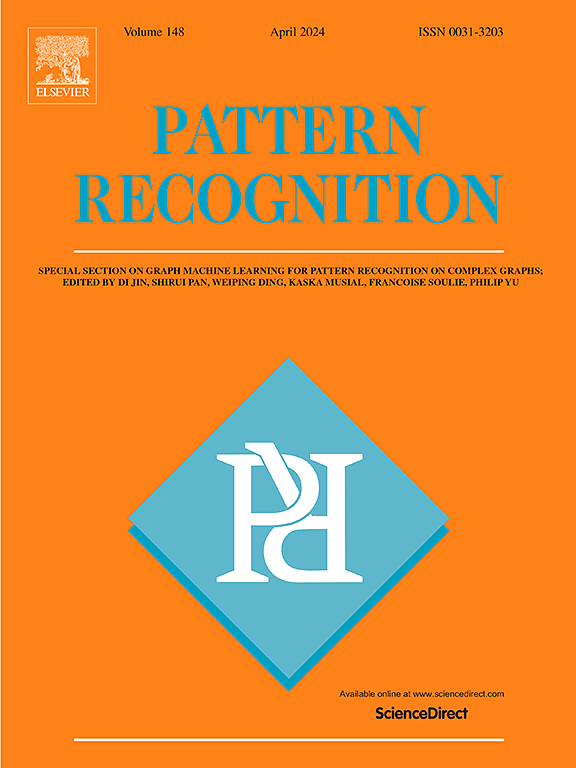Enhancing knowledge distillation for semantic segmentation through text-assisted modular plugins
IF 7.5
1区 计算机科学
Q1 COMPUTER SCIENCE, ARTIFICIAL INTELLIGENCE
引用次数: 0
Abstract
Compared with other model compression methods, such as pruning and quantization, knowledge distillation offers superior compatibility and flexibility. Current knowledge distillation (KD) methods for semantic segmentation predominantly guide the student model to replicate the structured information of the teacher model solely through image data. However, these approaches often overlook the potential benefits of incorporating auxiliary modalities, such as textual information, into the distillation process, thereby failing to effectively bridge the gap between the student and teacher models. This paper introduces a novel text-assisted distillation methodology. Leveraging the framework of Contrastive Language-Image Pretraining (CLIP), we propose two modular plugins: the Text-Channel Distillation module and the Text-Region Distillation module, designed to integrate textual priors into the distillation process. These modules serve as a bridge between the student and teacher models, enhancing the emulation of teacher networks by student models. Characterized by their simplicity, versatility, and seamless integration with existing knowledge distillation frameworks, these modules facilitate improved performance. Experimental evaluations conducted on the Cityscapes, Pascal VOC, and CamVid datasets demonstrate that augmenting state-of-the-art distillation techniques with these plug-and-play modules yields significant improvements in distillation effectiveness.
求助全文
约1分钟内获得全文
求助全文
来源期刊

Pattern Recognition
工程技术-工程:电子与电气
CiteScore
14.40
自引率
16.20%
发文量
683
审稿时长
5.6 months
期刊介绍:
The field of Pattern Recognition is both mature and rapidly evolving, playing a crucial role in various related fields such as computer vision, image processing, text analysis, and neural networks. It closely intersects with machine learning and is being applied in emerging areas like biometrics, bioinformatics, multimedia data analysis, and data science. The journal Pattern Recognition, established half a century ago during the early days of computer science, has since grown significantly in scope and influence.
 求助内容:
求助内容: 应助结果提醒方式:
应助结果提醒方式:


